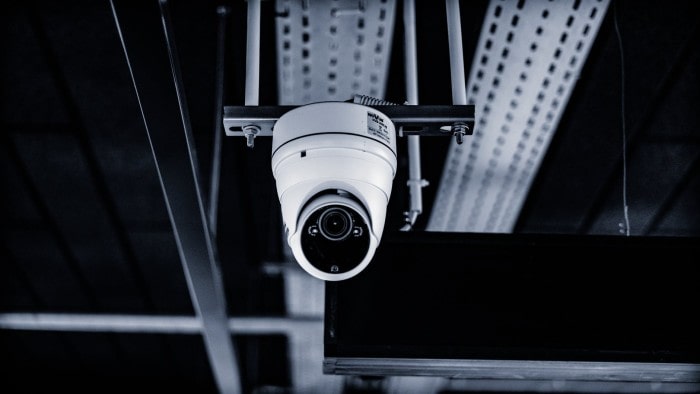
Installing surveillance cameras in your office or home is a smart move on various levels. Technical advancements have allowed major developments, in this particular scenario, if you are the prey of a theft, the CCTV cameras will record the occurrence. It can potentially revoke the burglary to happen, can be stopped if the action is taken in time and if not, police will be able to find them through the evidence. In order to prevent this, the user or monitoring team needs a steady internet that works without lags. We recommend spectrum internet and you can avail yourself of great discounts if you go for the Spectrum Silver package or bundle up your services.
CCTV cameras are designed to keep you and your personal property secure. Through the surveillance cameras, any unfortunate event can be avoided but evidence will also help you retrieve whatever you have lost – if you couldn’t catch this up in time. Besides that, surveillance cameras protect against property theft and vandalism. Here, in this article, we will give you a comprehensive guide on how to connect to an IP CCTV camera from anywhere. So, let’s get to the step by step guide:
Procedure 1: By using PoE(Power over Ethernet)
PoE technology has much expanded the flexibility of CCTV camera systems above their synchronicity alike. PoE additionally clarifies power demands and this is easier to troubleshoot.
Procedure 1b: PoE switch
A PoE Switch works the same as a PoE injector, although it involves additional ports for many devices, and most of the time it includes two additional uplink ports.
Procedure 2: Set up the CCTV security camera on a local network.
An IP address for a device is something like an address of a home or an office. This address tells the router where to send an email and where to not only in case of digital information. However, the IP address sends information to the router and from the router, it goes directly to the internet or smartphone or computer you linked it with.
Procedure 2b: Tool used for ConfigTool and how to use it?
It is basically a program used in a local area network for NVR devices and internet-based CCTV cameras. It permits the user to change their CCTV address whenever they want, allows them to update firmware, and to have access to the camera by using internet explorer after being prepared by the camera.
Procedure 3: Access to the web interface.
After being set by the camera you are free to have access to the web interface you began with configuring the camera’s setting live video stream through chrome, Firefox, and many others to have access to the CCTV camera. Afterward, cameras with recent firmware could have access to the HTML5 player. However to playback the stored items from an internal SD card, so for this, you’ll have to use internet explorer which needs to be plugged in on the windows of a computer.
Procedure 4: Port forward through a router of the CCTV camera.
Routers have some amazing security features to prevent you from any hacker that may reach out to your local network. In order, if you really want to communicate via the internet connection you need to have permission to talk through a router’s firewall. It is pretty difficult to explain one way to port forward with the router since there are more than a thousand ways, and each one has a different interface.
Procedure 5: Set up DDNS in case of not having a static IP address.
To access the CCTV camera you must have the IP address that is being provided for your business or home by ISP. DDNS gives an advantage to their customers to have the ability to free or economical static IP addresses at very cheap rates from an internet service supplier. The only address that remains constant which means it doesn’t vary.
Wrapping up,
In the above-mentioned guide, we have tried to compile all the DIY methods for our readers to connect with the CCTV camera from anywhere with some technical requirements. You can also check the booklet that comes with the CCTV or IP camera or call the customer service department of the respective company, and ask away all the concerns related to accessing the footage when you are away.
